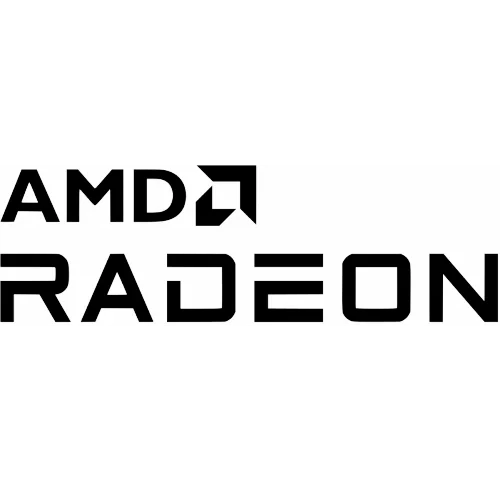Radeon RADV LBVH Patches Take One Vulkan Ray-Tracing Test From ~13 To ~250 FPS

Open-source developer Konstantin Seurer recently opened a merge request working on LBVH (Linear Bounding Volume Hierarchy) for building acceleration structures.
Seurer opened his MR with, "I can't believe that this actually works! The performance improvement isn't that large for applications that already perform well with the current acceleration structures (meaning everything that isn't procedually generated) but the improvement with GravityMark speaks for itself."
The improvement? With the GravityMark Vulkan benchmark RADV had been running at around ~13 FPS for a 10k asteroid count while with this merge request it jumps all the way up to ~250 FPS! Or if making things more demanding and going up to 200k asteroids for GravityMark, RADV with this patch can still put out around ~60 FPS. In other words, for GravityMark going from unusable performance to now very fluid RADV Vulkan ray-tracing performance.
The demanding GravityMark benchmark.
But as noted, this RADV LBVH patch series won't benefit all Vulkan ray-tracing workloads with Quake II RTX and the like seeing no difference.
This patch series is still under review but hopefully will be buttoned up in time for Mesa 22.1.
8 Comments

